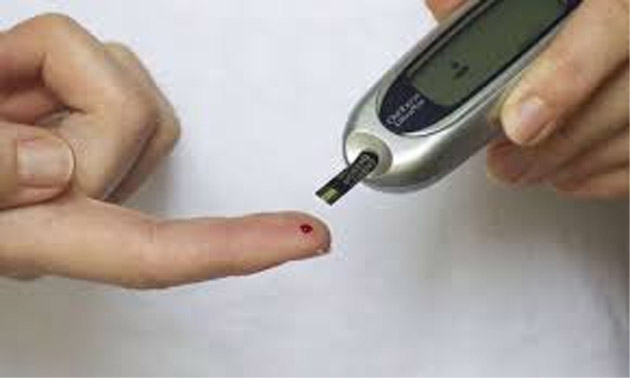London, Mar 24: Boys who enter puberty at an early age are more likely to develop type 2 diabetes as adults than those maturing later, according to a study that may lead to new interventions against the chronic condition which affects the way the body processes blood sugar.
The study, published in the journal Diabetologia, assessed more than 30,600 Swedish men born between 1945 and 1961, and found that boys who had their pubertal growth spurt at age 9.3 to 13.4 years were around twice as likely to develop early type 2 diabetes, than those who had the growth spurt at the age of 14.8 to 17.9 years.
In type 2 diabetes, the study said, the body either doesn’t produce enough insulin, or it resists insulin, with symptoms including increased thirst, frequent urination, hunger, fatigue and blurred vision.
“Our findings suggest that early puberty could be a novel independent risk factor for type 2 diabetes in men,” said Jenny Kindblom, study co-author from the University of Gothenburg in Sweden.
According to the researchers, boys who had their pubertal growth spurt at age 9.3 to 13.4 years were around twice as likely to develop early type 2 diabetes, than those who had the growth spurt at the age of 14.8 to 17.9 years.
They said this relationship between age of puberty and likelihood of type 2 diabetes existed even when the data was adjusted for the children’s body-mass index (BMI), which is a measure relating an individual’s wight and height.
“Given the apparent higher risk among boys who start puberty before the average age of 14 years, we estimate that 15 per cent fewer men who were diagnosed during the study would have developed type 2 diabetes had they not started puberty early,” Kindblom said.
The study also noted that boys who went through puberty in the youngest group also had a 27 per cent increased risk of late type 2 diabetes, but not as pronounced as for early type 2 diabetes.
In the research, the timing of puberty was calculated using age at peak height velocity, which is the time when boys grow the fastest during their adolescent growth spurt — occurring around 2 years after entering puberty, they said.
The scientists linked the data of participants’ height and weight during childhood and adolescence with national registers, and followed to the end of 2016, or until they were diagnosed with type 2 diabetes, emigrated, or died.
They said during an average 30.7 years of follow-up (from age 30), 1,851 men were diagnosed with type 2 diabetes, at an average age of 57.2 years.
For each year earlier that the pubertal growth spurt occurred, the risk of developing early diabetes increased by 28 per cent, while the risk of late diabetes rose 13 per cent, the study noted.
According to the researchers, men who had early pubertal growth spurt were also more likely to require insulin treatment if they went on to develop type 2 diabetes.
“Although the mechanisms for the link between early puberty and higher risk of type 2 diabetes are unclear, it is possible that starting puberty at an earlier age may lead to the accumulation of excess abdominal fat,” Kindblom said.
She said this may in turn increase heart function-related risk factors such as high blood pressure, diabetes, and abnormal lipid levels.
“These findings strengthen the concept that early puberty is part of an adverse trajectory during childhood and adolescence, and that a high BMI both before and after puberty contributes,” she added.
The scientists believe that a continuous monitoring of height and weight development during, not only childhood, but also adolescence may help identify individuals with increased risk of this type of diabetes. (PTI)
Trending Now
E-Paper


